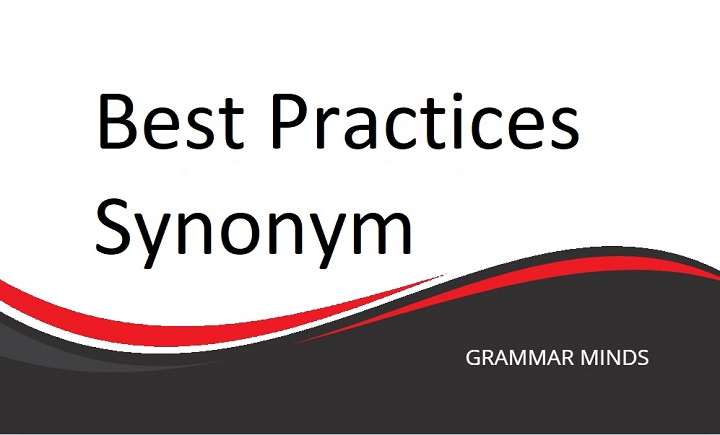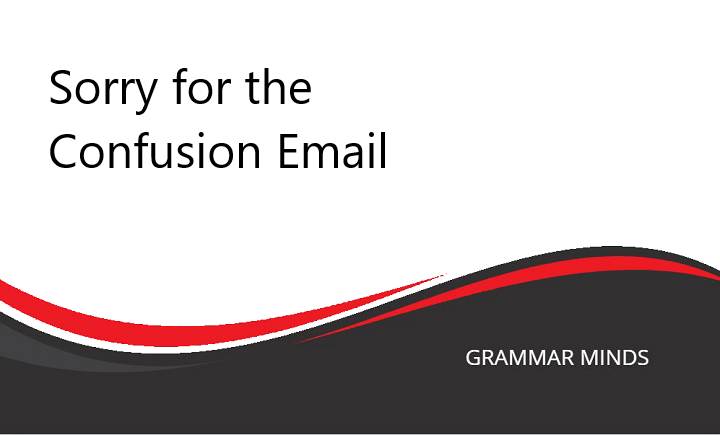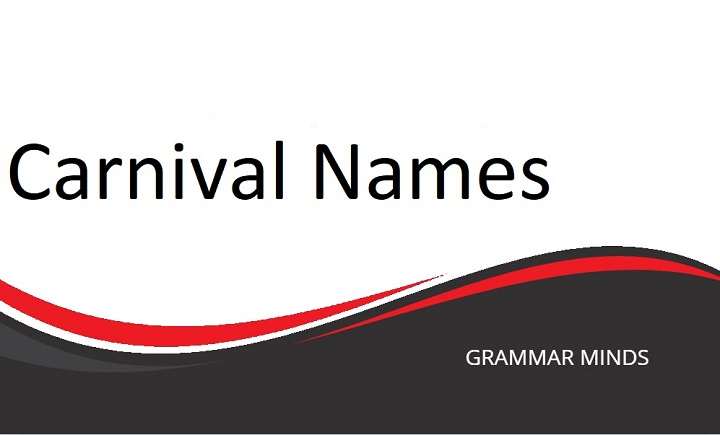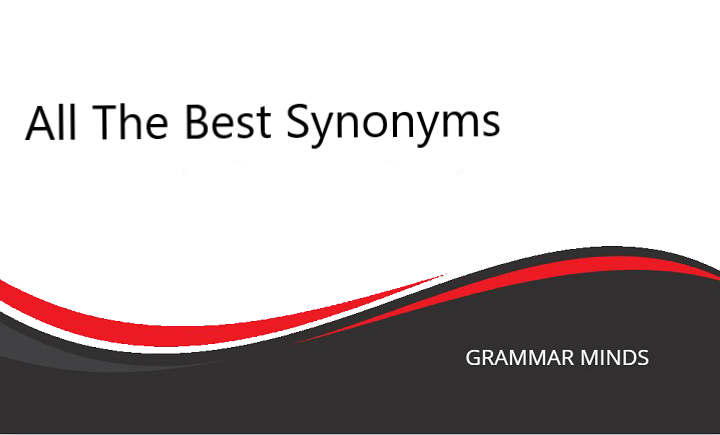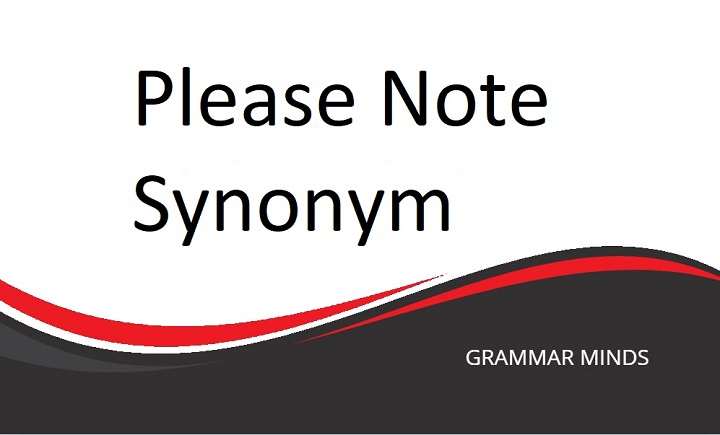Do you find yourself using the phrase “best practices” repeatedly? Have you grown tired of this repetitive expression when communicating in your professional or personal life?
You’re not alone! While “best practices” is a widely recognized and grammatically correct phrase, it can sometimes feel overused and redundant. But don’t worry! We’ve compiled a handy list of alternative phrases that you can use to mix things up and sound more varied in your conversations and writing.
Other Ways to Say “Best Practices”
To help you avoid repetitive language, here are ten useful synonyms for “best practices.” These alternatives can be adapted to both formal and informal contexts:
- Standard Procedures
- Proven Methods
- Established Protocols
- Efficient Techniques
- Time-Tested Approaches
- Recommended Guidelines
- Model Approaches
- Optimal Solutions
- Effective Strategies
- Preferred Methods
Key Notes
“Best practices” is grammatically correct and suitable for formal situations, especially in professional environments like meetings, emails, or project reports. However, it can sometimes feel a bit basic or cliché. Using synonyms allows you to sound more dynamic and tailored in your communication.
You can use “Standard Procedures” in formal situations, particularly in business meetings or when discussing operational guidelines. On the other hand, “Proven Methods” is an excellent informal alternative to “best practices,” particularly when explaining successful approaches to a familiar audience.
Keep reading to discover how to use these phrases in both formal and informal situations, and see real-life examples of how they can be applied.
Standard Procedures
Usage: If you’re looking for a more formal way to say “best practices,” try using “standard procedures.” This phrase emphasizes structure and consistency, making it ideal for professional environments such as emails or meetings.
Example (in an email):
Dear Mr. Richardson,
Thank you for your inquiry regarding our operational protocols. I’m happy to provide insight into the standard procedures we follow to ensure efficiency and compliance.
Best regards,
Sarah Johnson
Explanation: In this example, “standard procedures” effectively replaces “best practices,” bringing a formal tone to the email while maintaining clarity.
Proven Methods
Usage: A more informal alternative to “best practices” is “proven methods.” This phrase works well in conversations where you are speaking to people you are already familiar with, such as friends or colleagues, especially when discussing strategies that have a track record of success.
Example (in conversation):
Hey Mike,
Thanks for your help with that presentation! Let’s stick to the proven methods next time and we’ll be good to go.
Explanation: “Proven methods” feels casual yet competent, making it perfect for informal discussions where you want to reference successful strategies without sounding overly formal.
Established Protocols
Usage: “Established protocols” is a synonym for “best practices” that works especially well in highly structured or regulated environments. This phrase highlights the idea of a predefined process that has been set in place for a particular reason.
Example (in a business report):
In accordance with the established protocols, all employees are required to complete cybersecurity training within their first month of employment.
Explanation: By using “established protocols,” this sentence conveys a sense of authority and structure, which is important when discussing mandatory procedures.
Efficient Techniques
Usage: When you want to highlight the effectiveness of a strategy, “efficient techniques” is a great alternative to “best practices.” It’s especially suitable for conversations where efficiency and productivity are the focus.
Example (in a project discussion):
We should implement more efficient techniques to streamline our workflow and reduce time spent on repetitive tasks.
Explanation: In this context, “efficient techniques” draws attention to the value of optimizing processes for better results, which can resonate well in both formal and informal settings.
Time-Tested Approaches
Usage: “Time-tested approaches” brings in the concept of reliability and historical success. This synonym is perfect for instances when you want to emphasize that a method has been proven over a long period.
Example (in a training session):
Our company has relied on time-tested approaches to ensure the highest quality of service delivery for over two decades.
Explanation: Here, “time-tested approaches” replaces “best practices” while underscoring the reliability of the methods due to their longevity and consistent success.
Recommended Guidelines
Usage: “Recommended guidelines” works well when you want to communicate advice or guidance, especially in instructional or advisory contexts. This phrase gives a more advisory tone compared to “best practices.”
Example (in a manual):
Follow the recommended guidelines to ensure proper installation and maintenance of the equipment.
Explanation: “Recommended guidelines” in this case signals a directive approach, advising readers on the best steps to follow without the rigidity of “protocols” or “procedures.”
Model Approaches
Usage: “Model approaches” can be used as a more formal synonym for “best practices,” indicating that the methods being discussed serve as an exemplary framework or standard.
Example (in a leadership meeting):
We should look to model approaches from industry leaders to enhance our innovation strategies.
Explanation: In this instance, “model approaches” carries a sense of high standards and excellence, providing a more sophisticated alternative to “best practices.”
Optimal Solutions
Usage: When discussing strategies that provide the best outcomes, “optimal solutions” is a fitting alternative to “best practices.” It emphasizes the quality of results rather than just the method.
Example (in a project proposal):
Our goal is to identify optimal solutions that will meet both our short-term and long-term business objectives.
Explanation: “Optimal solutions” focuses on achieving the best possible results, aligning with the strategic goals of a project or plan.
Effective Strategies
Usage: “Effective strategies” works well when discussing methods that produce successful results. It’s slightly more flexible than “best practices,” making it useful in both formal and informal settings.
Example (in a meeting):
The team employed effective strategies that increased client retention by 20% over the last quarter.
Explanation: In this case, “effective strategies” highlights the success of the methods used without relying on the more overused “best practices.”
Preferred Methods
Usage: “Preferred methods” is an informal yet professional synonym for “best practices.” It works well in situations where you want to indicate that certain methods are favored or recommended over others.
Example (in an email):
We encourage all departments to adhere to the preferred methods for handling customer feedback, as outlined in the company handbook.
Explanation: “Preferred methods” gives a gentle, advisory tone to the email, while still implying that there are established procedures in place.
Is It Correct to Say “Best Practices”?
Yes! “Best practices” is grammatically correct and suitable for both formal and informal settings. It’s a versatile phrase that can be used in professional emails, conversations with colleagues, or casual chats with friends.
That being said, using synonyms like the ones we’ve listed above will help you mix up your language and sound more varied in your communication. You can also try slight variations of the phrase, such as the following:
- Industry-standard techniques
- Proven protocols
- Exemplary methods
Also Read
10 Ways to Say “Thank You for Your Cooperation” in Professional and Personal Communication
In conclusion, “best practices” is a perfectly acceptable and grammatically correct phrase, whether you’re using it in a formal or informal setting. However, by incorporating the alternative phrases provided in this article, you can diversify your vocabulary, making your communication more engaging and tailored to different contexts. Whether in emails, meetings, or casual discussions, these synonyms will help you convey your ideas effectively while avoiding redundancy.

